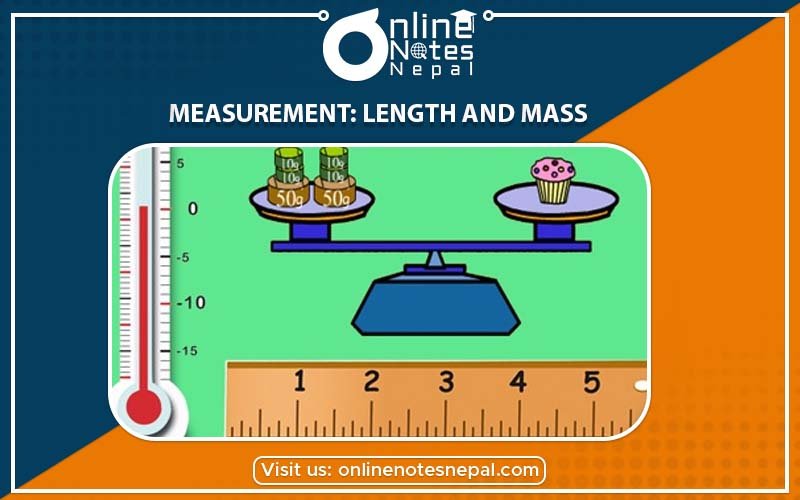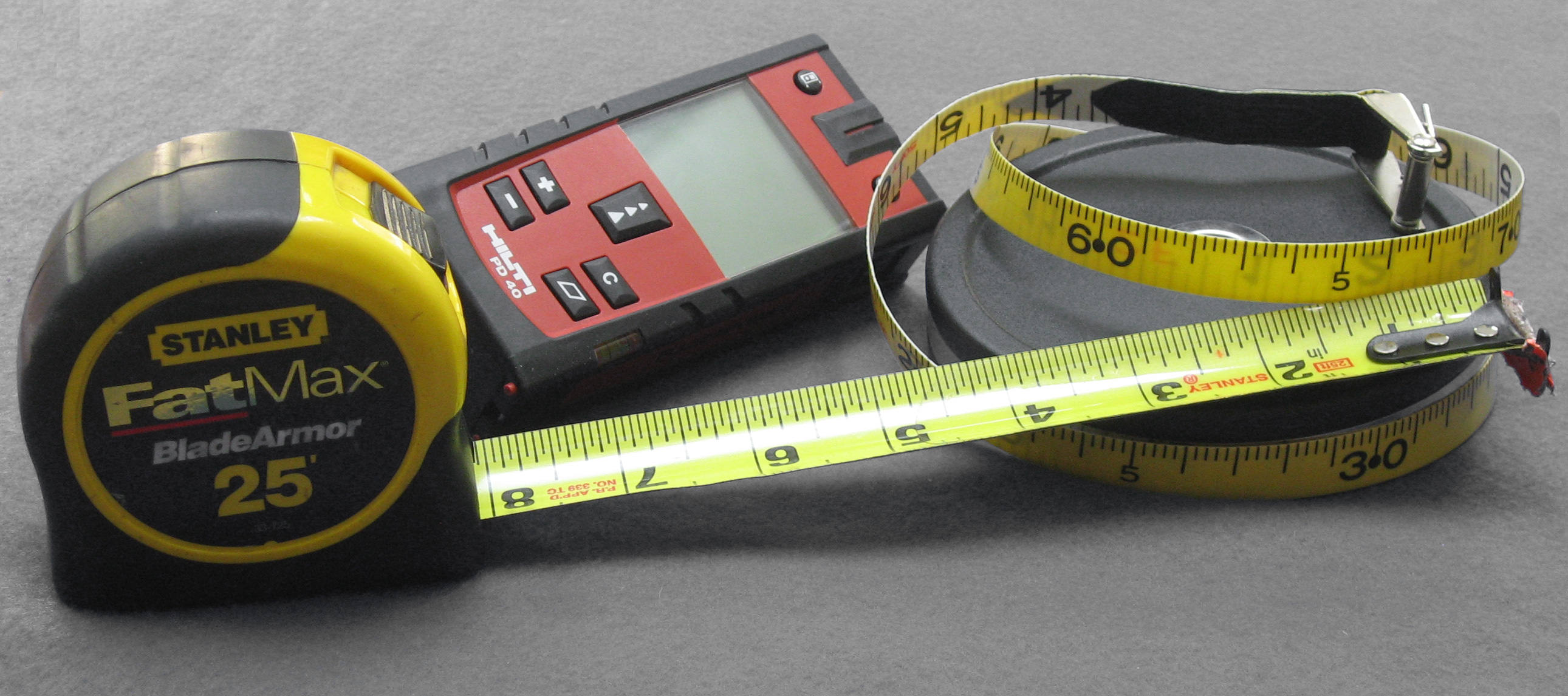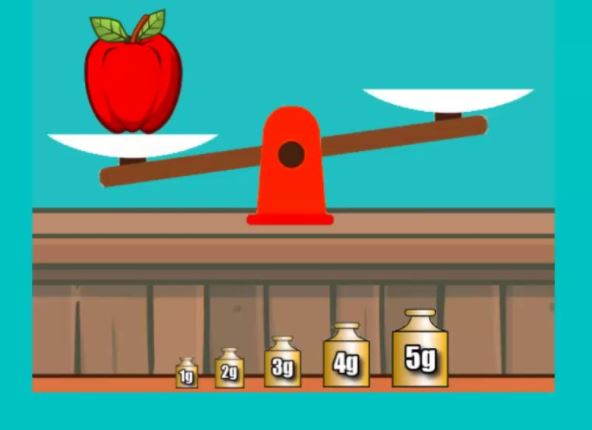Published by: BhumiRaj Timalsina
Published date: 24 Jan 2022

All the substances around us can be measured by using various units like the mass of gold, length of clothes, the quantity of milk, etc. Those quantities which can be measured is known as physical quantities like length, mass, etc. To express the magnitude of a physical quantity, we compare that quantity with a known standard quantity of the same kind. The comparison of an unknown quantity with a known standard quantity of the same kind is called measurement. Measurement is very important in our daily life.
A system of measurement is a collection of units of measurement and rules relating them to each other. There are various systems of measurement which are given below
Local system of measurement varies from place to place. So, to make the measurement system more scientific, convenient and uniform, the 12th General Conference of Weight and Measures adopted an international system of units which is known as SI units in October 1960. This system of measurement is used throughout the world. There are seven fundamental units of measurement in SI Systems, which are given in the table below:
|
S.N. |
Physical quantities |
SI units |
|
1. |
Length |
Metre (m) |
|
2. |
Mass |
Kilogram (kg) |
|
3. |
Time |
Second (s) |
|
4. |
Temperature |
Kelvin (K) |
|
5. |
Electric current |
Ampere (A) |
|
6. |
Luminous intensity |
Candela (cd) |
|
7. |
Amount of substances |
Mole (mol) |
It is the distance between any two points. Breadth, radius, height, diameter, thickness, etc. are forms of length. Length is measured by using the scale, meter rod, inch tape, measuring tape, etc. To measure the length, the given object is compared to the standard length of a scale, meter rod or a measuring tape. The scale is used to measure short distance and meter rod is used for measuring long distance. Meter is the standard unit of measurement.

The SI unit of length is a meter(m). There are many other units of length like the millimeter, decimeter, etc. which are given below with their relation:
10 millimeter = 1centimeter
10 centimetre = 1 decimetre
10 decimetre = 1 decameter
10 decametre = 1 hectometre
10 hectometre = 1 kilometre
Among all units, millimeter, centimeter, meter, and kilometer are widely used.
1 centimetre = 10 millimetre
1 metre = 100 centimetre
1 kilometre = 100 metre
Diameter is the distance between two points of the spherical objects like the ball, cricket ball, orange, etc. To measure the diameter at first the spherical object is placed on top of the table or a plane surface. Then two solid blocks are placed at both sides of the spherical objects. The lower edges of the blocks are adjusted with the scale. The reading of the position of two faces,one of each block touching the spherical object is taken.
The amount of matter contained in a body is called mass. It's SI unit is kilogram (kg). Other similar units are also used for its measurement like milligram (mg), gram(g) quintal, metric ton, etc.
For the measurement of the mass of a body, we use beam balance. It is made of a horizontal beam supported at its center and two similar pans suspended at equal distances from the center of the beam. It is used by shopkeepers, goldsmiths, scientists, etc. Shopkeepers use an ordinary grocer's beam balance whereas goldsmiths and scientist use a physical balance for accurate measurement.

About the measurement of mass in beam balance, at first, the object whose weight is to be measured should be placed on one of the pans of beam balance and standard objects should be kept in another pan until the pans are balanced and the beam is horizontal once again. After the pans become balanced, the weight of the object is calculated or given by the sum total of the standard weights used.
There are various units used for the measurement of mass like kilogram, gram, milligram, quintal, etc. Milligram and gram are used in the measurement of light objects whereas kilogram is used in the measurement of heavy objects. The mass of very heavy objects is measured in quintal and metric ton.
1000 milligram= 1 gram
1000 gram= 1 kilogram
100 kilogram= 1 quintal
10 quintal= 1 metric ton